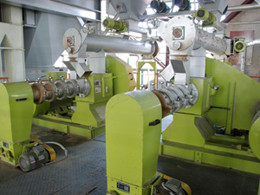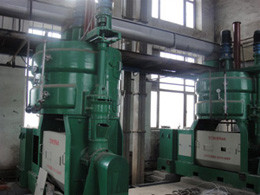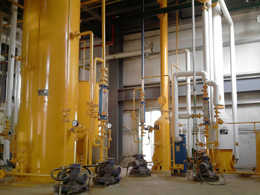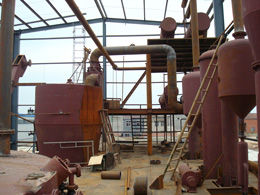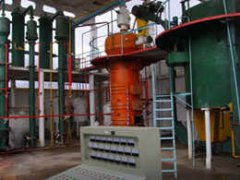Cooking Oil Plant
Cooking oils are purified fats taken from a wide range of plant sources, including vegetables, beans, nuts and seeds. These oils are used not only for food, but also for cosmetics, pharmaceuticals and even for bio-diesel fueled cars. "Cold-pressed" oils are obtained by physically pressing the food source. Refined oils go through heat or chemical refining processes, and have less flavor than pressed oils, but longer shelf lives and better heat durability.
Cooking Oil Plant Process
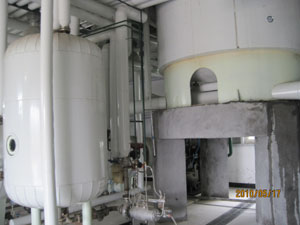
1. Begin by carefully selecting the seeds you wish to use. Remove any husks, seed coats, or small stones. Select dry seed to use, as moist seeds can become mouldy and can hinder the extraction process.
2. Warm your seeds to increase the amount of oil you can extract from them. You can warm the seeds in the oven, or you can even heat them in the sun if it's a hot day. Optimal oil extraction occurs between 100 degrees and 160 degrees Fahrenheit.
3. Extract the oil by crushing the seeds with a wooden mortal and pestle in batches. Fill a clean, cloth bag with the crushed seed and hang it above a pan to drain. Once the bag has finished draining, crush the bag with rocks or apply pressure to extract the remaining oil. You can also use an oil milling machinery for this step to capture more oil with less effort.
4. Clarify the oil by removing any impurities that may remain. Allow your collected oil to sit for two to three days, then scoop off the top layer and discard it.
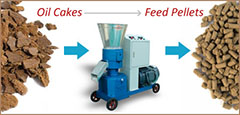



Want to set up a mini mustard oil mill of your own ? With the rapid ...
Mustards are part of the oilseed family and are regarded both as a s...
Interested in begin a small size corn oil extraction plant but dont ...
Do you want to make the edible rice bran oil at from using your mill...

